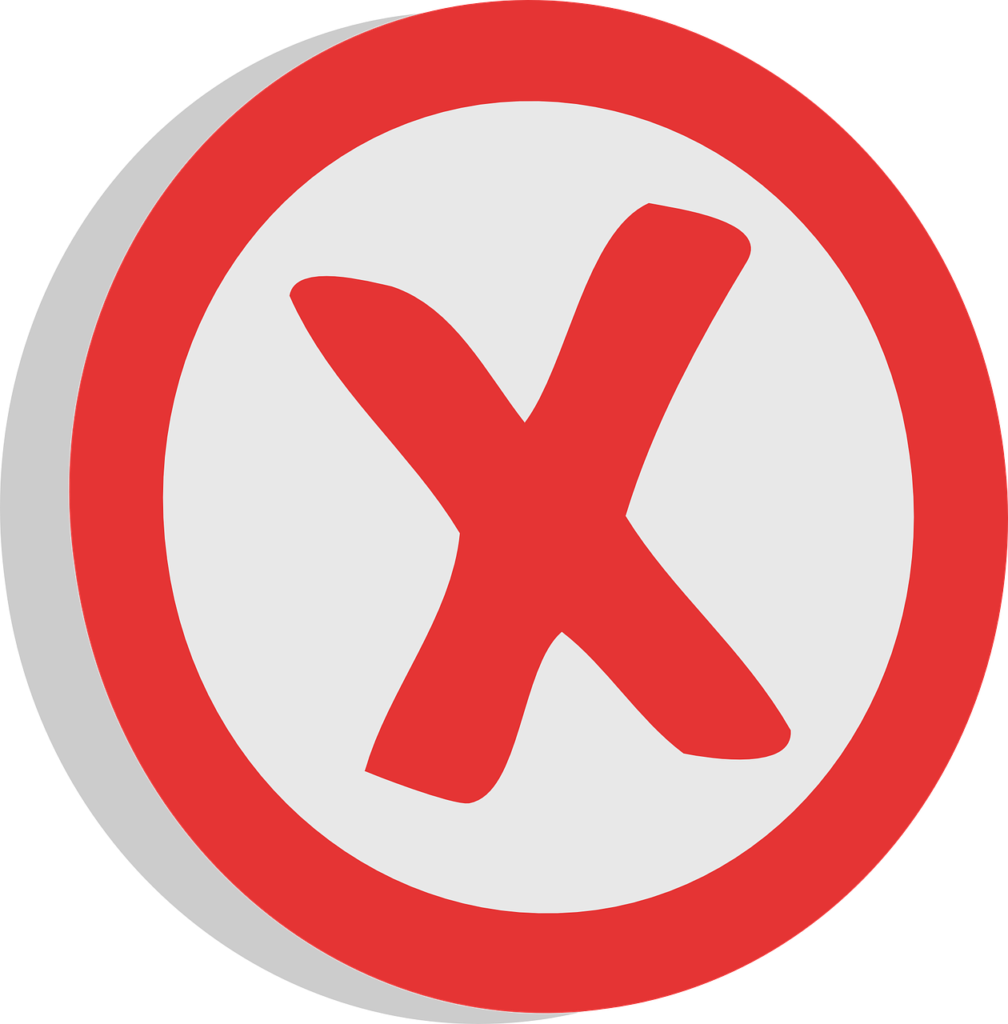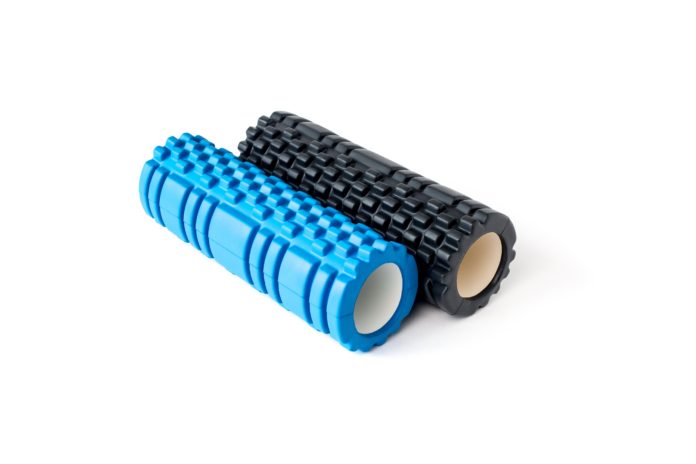If your muscles feel sore, then a massage might be just the thing to make you feel better. When you don’t have access to a professional masseuse and your mechanical massagers aren’t getting the job done, then a foam roller might provide you with the relief you need.
Any type of soreness may benefit from the use of foam rollers. It is most effective, however, for muscle soreness which occurs with a delayed onset.
Delayed onset muscle soreness occurs between 24 to 72 hours after intense exercise. If you haven’t worked out in some time, or you’ve just started a high-intensity workout, then there’s a good chance you are familiar with this muscle soreness.
For most people, the muscle soreness after a workout is worse than the pain experienced during the exercise.
That’s why foam rollers are becoming a popular option. When used correctly, they will roll your soreness away.
What Is Foam Rolling?

A foam roller is an exercise device. Although it’s primary use is for massage, some people choose to use them as part of their fitness routines too. They can be used to stretch out a muscle, just as they can be used to relieve pain and soreness from a muscle that was overused.
Different textures are available to create unique results. Some rollers have ridges, while others offer dimpled surfaces. There are even foam rollers that are not in the traditional round shape.
To use a foam roller, you would place the product on the ground. You would then set the affected muscles (or the ones you wish to stretch out) on top of the roller. The pressure from your body weight then encourages a stretch or provides relief from muscle knots, strain, or overuse.
Foam rollers can also be used in a variety of exercise programs, such as fascia training. Yoga routines, Pilates classes, and other workouts may use this product to promote balance, increase strength, or challenge your core muscles.
How Foam Rollers Work

Foam rollers offer you another form of self-massage. It adds in muscle recovery because you’re encouraging more blood to flow into the affected muscle tissue. This encourages healing, enhances flexibility, and promotes joint integrity.
Place the foam roller under the muscle group that is bothering you. Find the spot that is the most painful. Then, using your own body weight, maintain the pressure on this pain point for up to 60 seconds.
Any muscle can benefit from this technique. Hamstrings, calves, hip flexors, and the quadriceps tend to release more soreness than other soft tissues. You can also use a foam roller on your back to improve posture, reduce pain, or even crack it like a chiropractor in some situations.
Most foam rollers are about 6 inches in diameter. Some may be up to 3 feet in length, though rollers that are at least 12 inches in length will provide supportive benefits. There may be various shapes and sizes, but you will want to watch for a product with a hard, inner core and a dense outer layer of foam.
Some manufacturers have started including flexible “lumps” on the roller to promote even more muscle penetration.
The Pros of Using Foam Rollers

The primary benefit of a foam roller is the potential relief it is able to provide. If you use the pressure point technique regularly after a high-intensity workout, it is possible to reduce your recovery times and get more work done. For many people, it is possible to purchase a foam roller for less than the cost of a single massage.
Here are some of the other benefits to consider with this product.
- The foam rollers are often quite durable. If you purchase one, then you may never need to buy another one.
- They are a portable product. The foam rollers are lightweight and can fit into most vehicles. Some are small enough that you could even put them into your backpack or gym bag.
- Using a foam roller is easy. Once you have the process figured out, you can keep using the product whenever you experience muscle soreness.
- It may produce results in a single session for some users, while it can also begin to address long-term soreness from some trigger points with consistent, every-other-day targeting.
As for the disadvantages of using foam rollers, there is discomfort associated with this process. For this product to work, you must choose your most tender spot, then place direct pressure onto it with the foam roller to get the soreness to release. If the trigger point is sensitive, then you may not want to use this product at all.
The Cons of Using Foam Rollers

Below are some disadvantages to consider regarding this product.
- It may lead to the formation of additional scarring. Even though the relief can be immediate, self-treatment on painful trigger points, especially when it is repeated, may do more harm than good.
- The results which can be achieved from foam rolling may take longer to appear than if you went to a properly trained professional to work out the painful areas.
- You can hurt yourself by not performing a rolling technique correctly. Twists, sprains, and even bone breaks have been reported when using this product.
- As the foam rollers stretch out the muscles, it relaxes them during the lengthening process. This may impede maximum force development.
The bottom line is this: because you are impacting the soft tissues of the body with a foam roller, it is critical to proceed with caution. It may be helpful when the techniques are correctly applied, but it may also cause damage to your tissues that you don’t even realize.
Should I Be Using a Foam Roller?

Before you start using a foam roller for any reason, you’ll want to have a conversation with your doctor. Although there are benefits which can be achieved with this product, there are also some disadvantages that may cause additional medical issues to develop.
You may also find that using a foam roller may not provide the amount of relief that you desire. It may be able to roll some of the soreness away from your superficial muscle groups, but it is not able to target your deeper muscles. You may find it necessary to seek out additional relief after using this product.
If you do high-intensity workouts, then foam rollers may help you stretch out and recover faster. It may also do more harm than good. That is why a complete review of this product and the techniques used should be completed before adding this option to your exercise routines.




